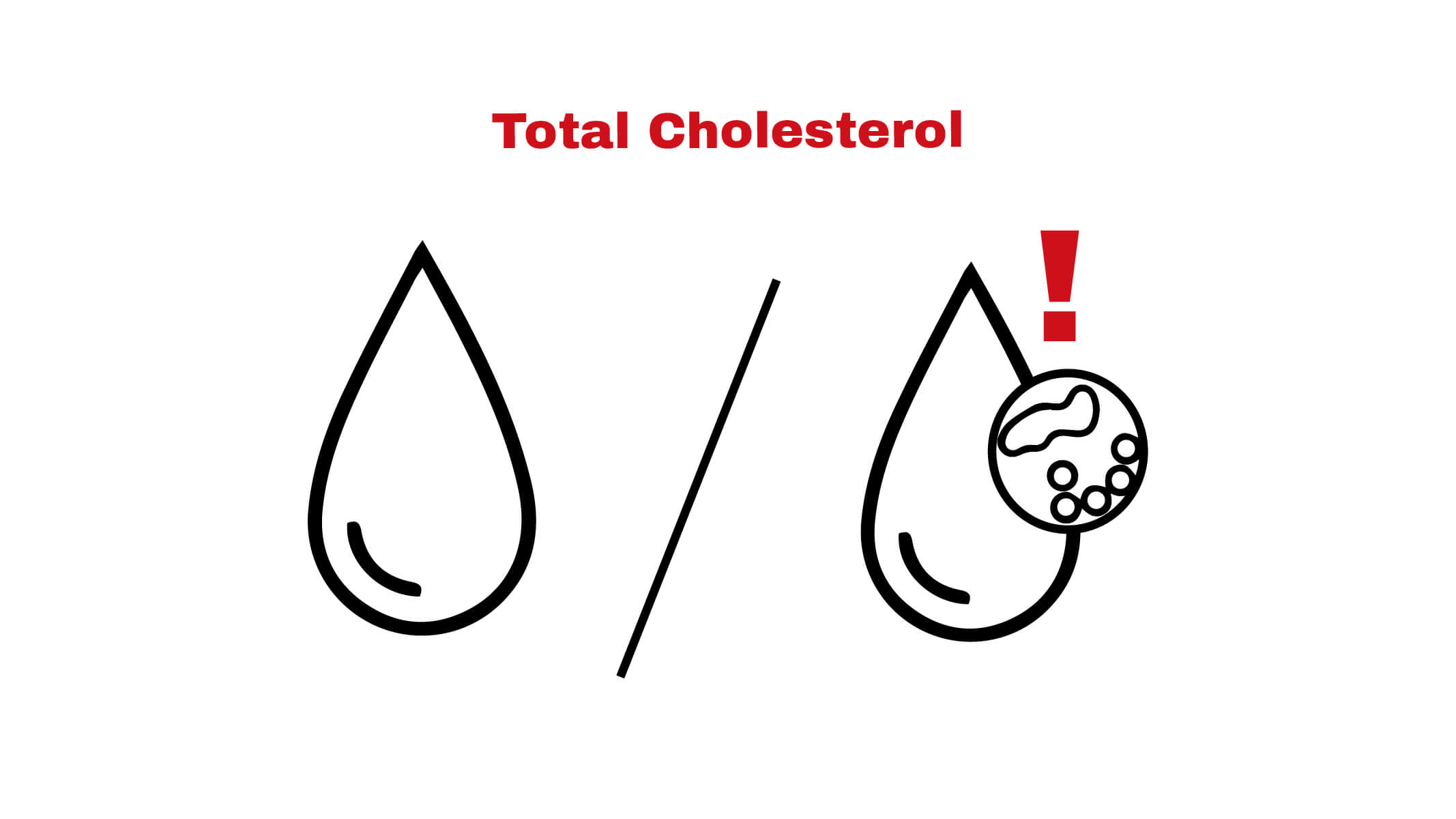Total Cholesterol refers to a waxy substance produced by the liver in a sufficient quantity required for a healthy human body. While the rest of the cholesterol enters the body by utilizing edible items such as meat, poultry, and dairy products. This cholesterol is required to develop cell membranes, stimulate the digestion process, add Vitamin D to the skin, and produce hormones.
There are two types of lipoproteins; high-density lipoproteins and low-density lipoproteins, which carry cholesterol to and from the cell. Moreover, triglycerides are considered the most common type of fat in the human body. Total cholesterol in the body comprises of following three key components;
- High-density lipoproteins (HDL cholesterol) are known as GOOD cholesterol, eliminating the cholesterol from the main bloodstream and the artery walls. Studies depict the high risk of heart disease in the body having a low HDL level. To avoid the potential risk of heart attack and stroke, a healthy HDL-cholesterol level is required to maintain in the human body.
- Whereas, Low-density lipoproteins (LDL cholesterol) are named BAD cholesterol, responsible for carrying the required amount of cholesterol to all body parts. Excess of LDL makes fatty accumulation in the main bloodstream and arteries. Resultantly, it narrows the arteries and escalates the risk of heart attack, stroke, and peripheral artery disease in the human body.
- Medical Sciences proved that triglycerides are the most common type of fat in the body that hoards the additional energy from your diet. It must be maintained in a sufficient quantity; otherwise, the excess of triglyceride level and LDL (bad) cholesterol along with the low HDL (good) cholesterol can cause fatty stockpiles in the artery walls. The aforementioned accumulation of these three key components of the cholesterol increases the risk of heart attack and stroke.
HDL + LDL + 20% Triglycerides = TOTAL CHOLESTEROL
Was This Content Helpful?
YesNo





